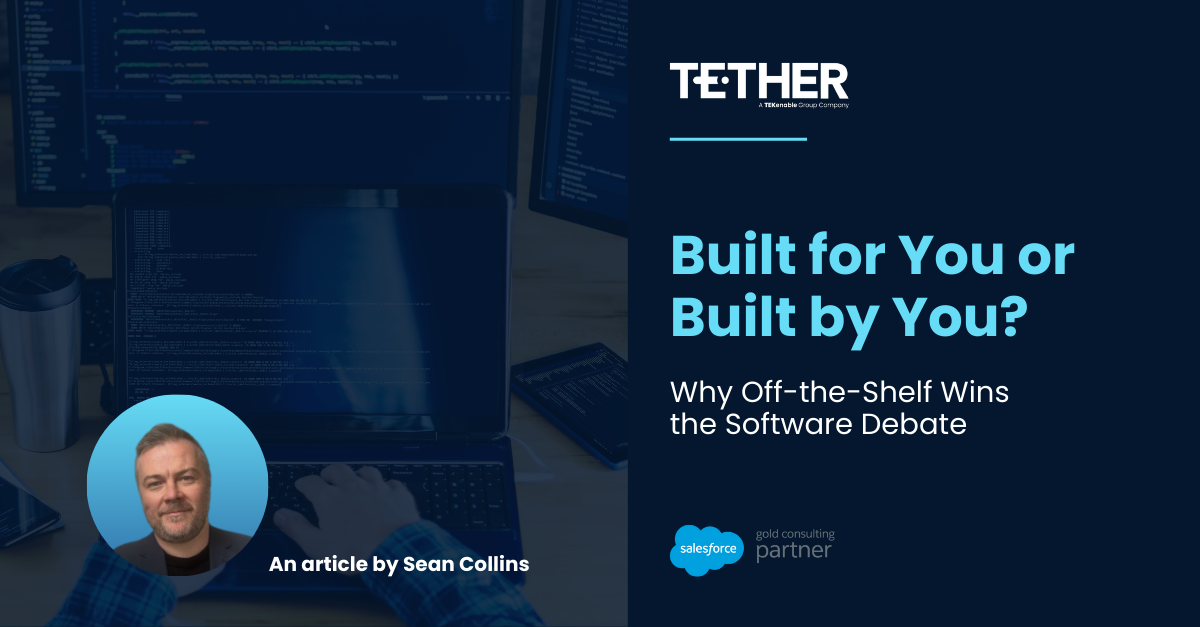If your systems can’t scale, neither can your people.
In boardrooms across every industry, there’s a recurring pattern: headcount increases are approved in minutes, while infrastructure investment drags on for months — if it’s approved at all. It’s understandable — new hires are tangible, easy to quantify, and offer a clear narrative of growth. But what’s often missed is the hidden cost of underinvestment in systems. Without the right tools, processes, and data visibility, your people — whether they’ve been here five days or five years — are working harder, not smarter. And the cracks show fast.
The Headcount Reflex
Hiring more staff is the default solution to a performance bottleneck. The logic is straightforward: more people equals more output. But that equation only works when the underlying systems are capable of supporting that scale. In reality, more people on a broken system only amplifies the inefficiencies. Communication silos grow, processes are duplicated, and knowledge is lost in fragmented tools. Without robust digital infrastructure, every hire is a short-term patch, not a long-term solution.
The Hidden Costs of Outdated Infrastructure
Old systems, manual processes, and disconnected tools don’t just waste time — they erode your bottom line. Staff spend hours searching for data, re-entering information, or working around broken processes. For new hires, onboarding takes longer and frustration sets in quicker. The cost? Lower productivity, higher churn, and a customer experience that feels as dated as your systems. The irony is painful: organisations will pay six-figure payrolls but resist investing a fraction of that in platforms that could make those salaries deliver 10x more value.
Worse still, in today’s job market, modern employees expect modern tools. Nobody wants to spend their days working off paper forms, Word documents, and Excel spreadsheets scattered across inboxes. It’s not just inefficient — it’s demoralising. Talented people will leave, not because of the salary, but because of the systems. Burnout is no longer just about workload; it’s about the friction and frustration of inefficient tools.
People + Platforms = Performance
People are your greatest asset — but only when you equip them properly. A good CRM, an integrated workflow, and intelligent automation don’t just streamline operations; they free your team to do what they were hired to do: add value. Infrastructure investment ensures consistency, speeds up decision-making, and provides a foundation that scales with the business. The right platform makes every person more effective, more engaged, and more valuable.
Rather than replacing humans with systems, the goal is to augment them. Platforms should act as force multipliers, enabling a single employee to do the work of many — not through pressure, but through enablement. Good infrastructure turns average teams into high-performing ones, and great teams into industry leaders.
The Business Case for Infrastructure Investment
Let’s talk numbers. Hiring 10 new staff at £45,000 each is a £450,000 annual commitment — and that’s before you factor in pensions, bonuses, employer national insurance contributions, onboarding, training, and long-term benefit costs. It’s a recurring spend that compounds year after year.
By contrast, investing £200,000 in modernising your core systems is typically a one-off investment that includes setup, configuration, and initial training. From there, the only ongoing cost is your annual licensing fee, which is usually far lower than the salary of even a single employee — and comes without pension obligations, bonuses, or payroll tax.
A good example of this would be opting for Salesforce Sales Cloud to enable your team. While the implementation will have an associated one-time cost — tailored to your business requirements — the ongoing expense is simply the license fee. This investment enables your existing and future employees to be significantly more productive without needing to rely solely on headcount growth.
There’s also the cost of attrition to consider. Losing just two of those new hires due to poor tools and internal friction can cost tens of thousands in rehiring, training, and lost productivity. Suddenly, that system upgrade doesn’t seem so expensive.
Infrastructure as a Growth Strategy
Business growth is rarely linear, and relying solely on people to scale operations is a flawed strategy. Growth demands repeatability, predictability, and speed. That’s exactly what infrastructure provides. By investing in scalable systems, you enable your business to grow without needing to double your workforce every time your customer base expands.
You can’t build a skyscraper on shallow foundations. The same principle applies to scaling your operations. Solid infrastructure is what allows you to pivot, grow, and adapt — especially in competitive or volatile markets. It underpins everything: customer experience, compliance, speed to market, and ultimately, your competitive advantage.
Changing the Mindset at the Top
This is where the narrative needs to shift. Infrastructure isn’t a back-office concern or an IT cost. It’s a strategic asset. It enables speed, resilience, and agility. When speaking to executive teams, the conversation has to move from features to outcomes. What does a better CRM mean for sales growth? What does automation mean for customer satisfaction? What does integrated data mean for forecasting and decision-making?
The analogy is simple: you wouldn’t hire 10 people and not give them laptops — so why give them broken processes?
In Conclusion: Invest in the Invisible
Great infrastructure is often invisible when it works — but painfully obvious when it doesn’t. Your systems shape every touchpoint your team and your customers experience. They are the silent engine behind every success. So before you hire another team of people, ask: are you giving them the tools to succeed? Or are you building on sand? It’s time to rebalance the seesaw. Your people deserve better. Your growth demands better. And your business future depends on it
FAQ’s
1. Why is infrastructure investment often delayed compared to headcount increases?
Headcount increases are tangible and easy to quantify, offering a clear narrative of growth. In contrast, infrastructure investment is often seen as less immediate and harder to justify, leading to delays.
2. What are the hidden costs of underinvestment in infrastructure?
Underinvestment in infrastructure leads to inefficiencies such as communication silos, duplicated processes, and lost knowledge. This results in lower productivity, higher employee churn, and a poor customer experience.
3. How do outdated systems affect employee satisfaction and retention?
Modern employees expect modern tools. Outdated systems can lead to frustration, demoralization, and burnout, causing talented employees to leave not because of salary, but due to inefficient tools.
4. What is the benefit of investing in infrastructure over hiring more staff?
Investing in infrastructure can make existing employees more productive and efficient. It ensures consistency, speeds up decision-making, and provides a scalable foundation for growth. This can be more cost-effective than continually increasing headcount.




